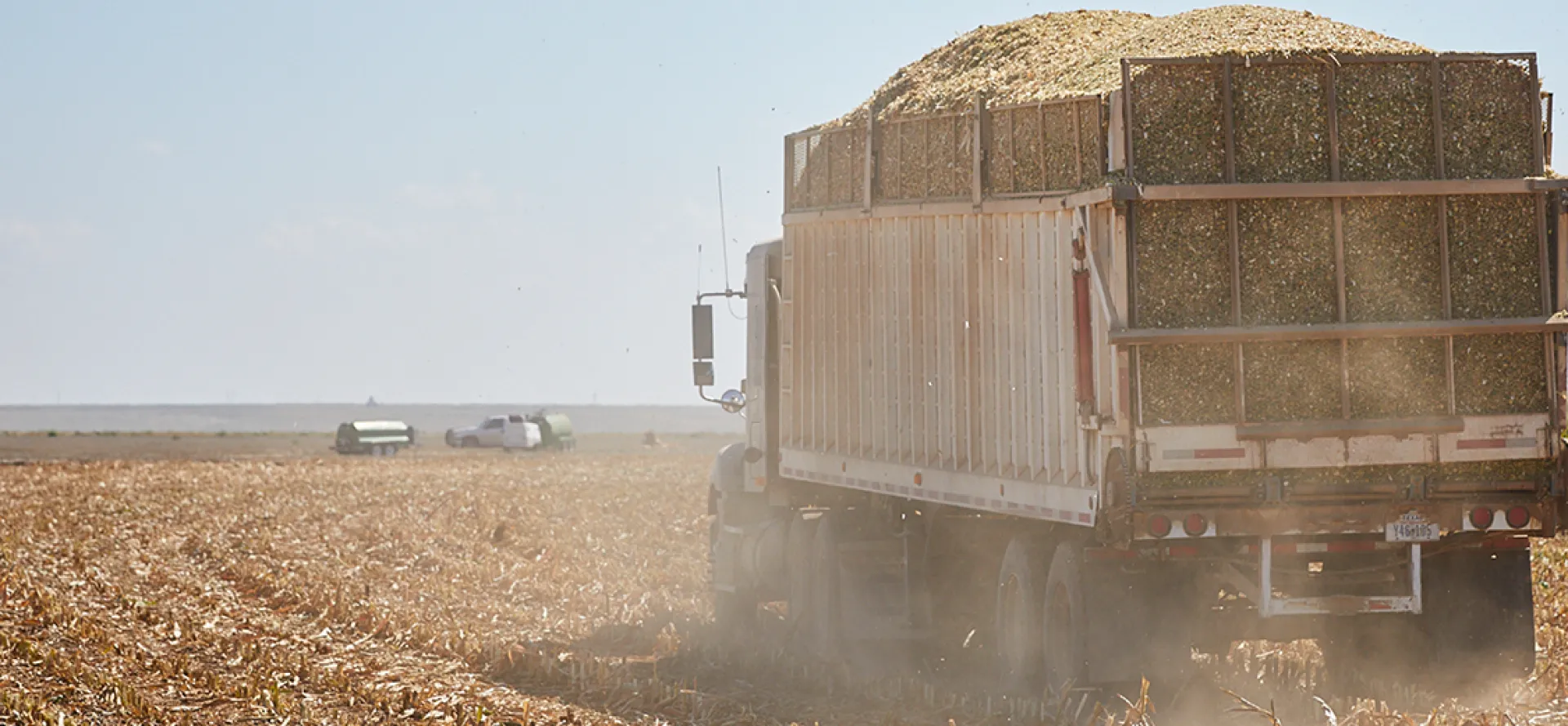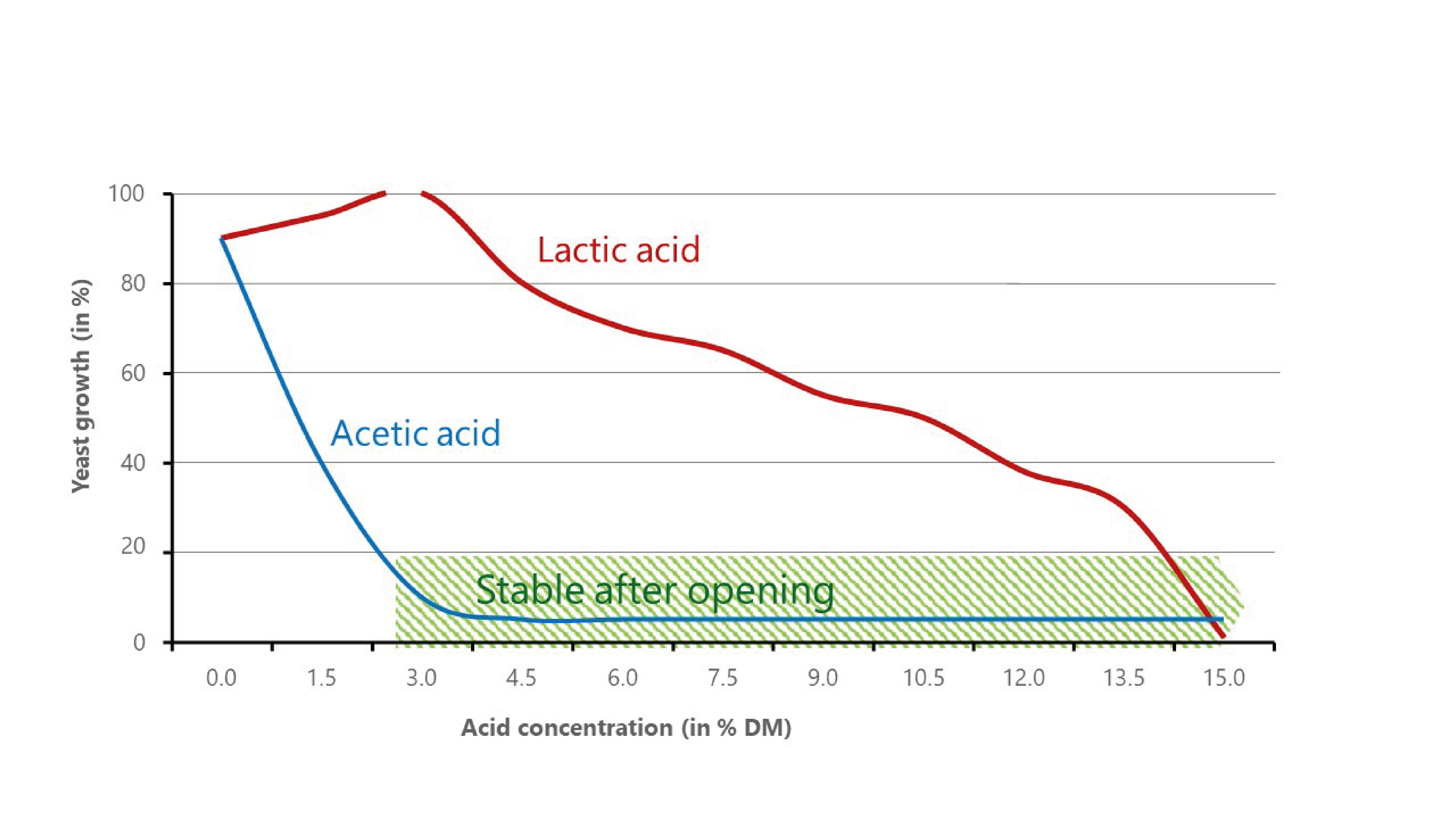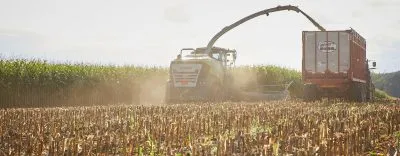What happens if the forage gets too dry?
Abnormal dryness and drought are currently affecting a lot of US farms. Planning ahead is the key to harvesting corn silage at the correct moisture level but it is inevitable that at some point the forage can get too dry (>38% dry matter). Even though it is not ideal there is some hope.

What happens if the forage gets too dry?
The first option to look at is whether to abandon making whole-plant corn silage and instead harvest it as snaplage or high moisture corn (HMC). Final decisions will be dependent on the dry matter but if the decision is made to move forward with making corn silage there are steps that can be taken to give the forage the best chances of successful preservation.
Dry forage is most susceptible to mold and reheating issues. While packing dry material it can be hard to remove all the oxygen. This can lead to mold issues and at the opening is more susceptible to secondary fermentation and aerobic instability. During harvest, it is important to reduce the chop length and pack the pile well. Rapidly covering with high-quality plastic is crucial.

Figure 1. Graph of lactic and acetic acid concentration and their effects on yeast growth.
Additionally using a research-proven inoculant will further help to aid the fermentation and protect the silage from reheating at feed-out. BONSILAGE silage inoculant line offers multiple products containing heterofermentative lactic acid bacteria (LAB) that will produce acetic acid. The production of acetic acid will inhibit yeast growth and thus inhibit reheating and spoilage (see figure 1). BONSILAGE PRO and BS CORN+ both contain a combination of homofermentative LAB and the heterofermentative LAB, Lactobacillus buchneri. Both products work to dominate the fermentation and efficiently produce acetic acid levels that provide protection against reheating after 6 to 8 weeks of ensiling. The newest product to our line of inoculants for corn silage use is BONSILAGE SPEED C. As the name implies, the application of BS SPEED C provides aerobic stability sooner than traditional products containing only Lb. buchneri. The formulation contains homofermentative LAB, Lb. buchneri, and the exclusive strain Lb. diolivorans. Due to the unique metabolic pathway of Lb. diolivorans there is production of acetic acid early on in fermentation which provides improved aerobic stability as early as 2 weeks of ensiling.
Get some advices about the perfect timing of corn silage harvest in an previous article HERE.
You can read get this article as PDF by clicking the button below.


